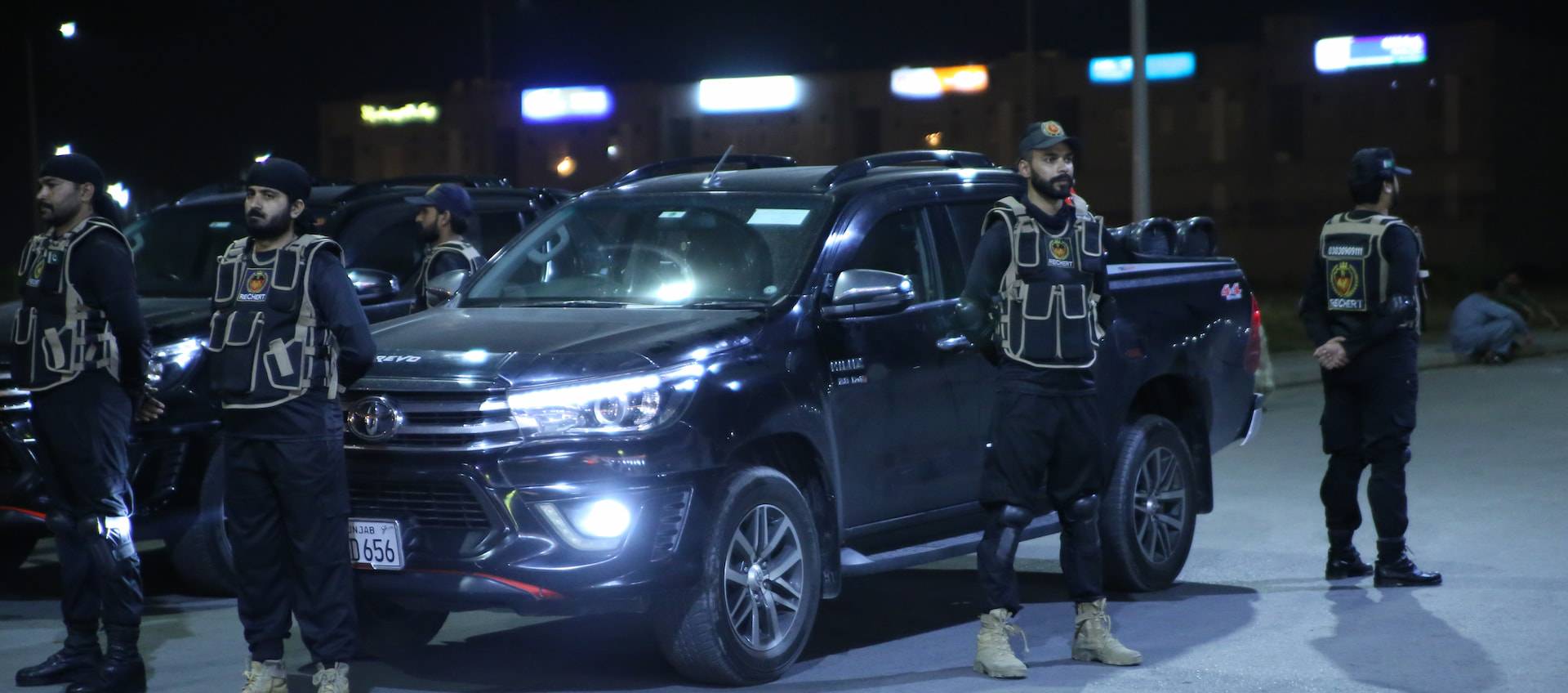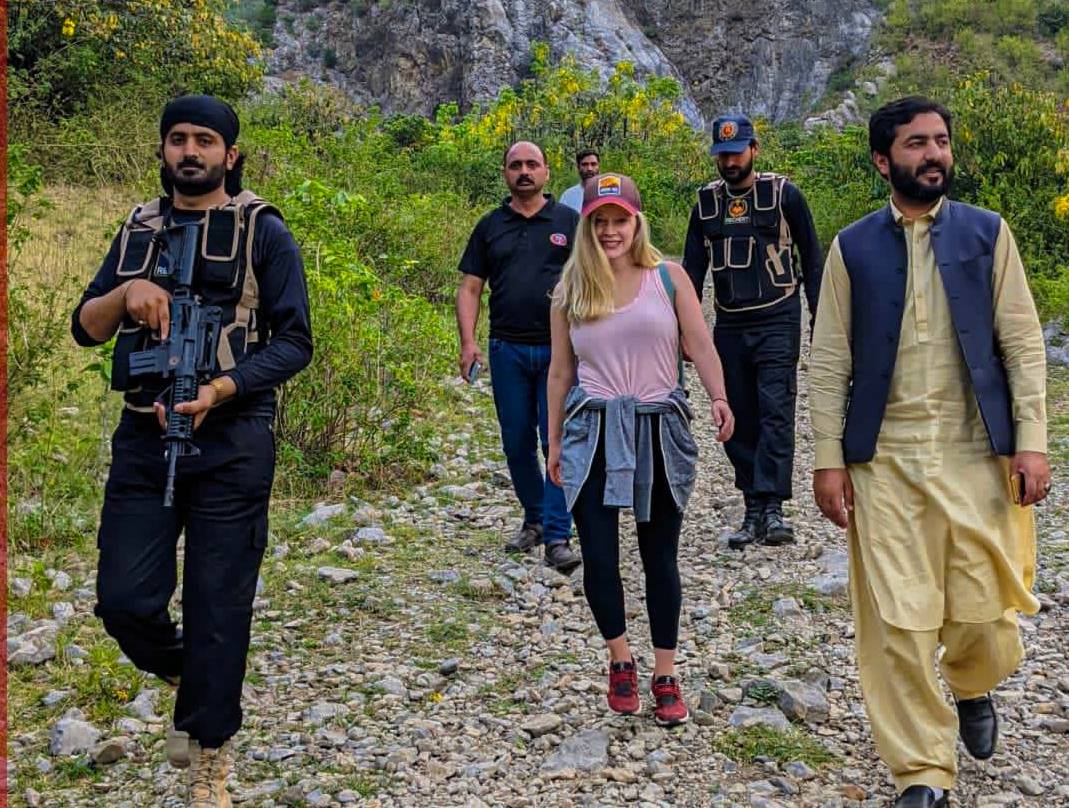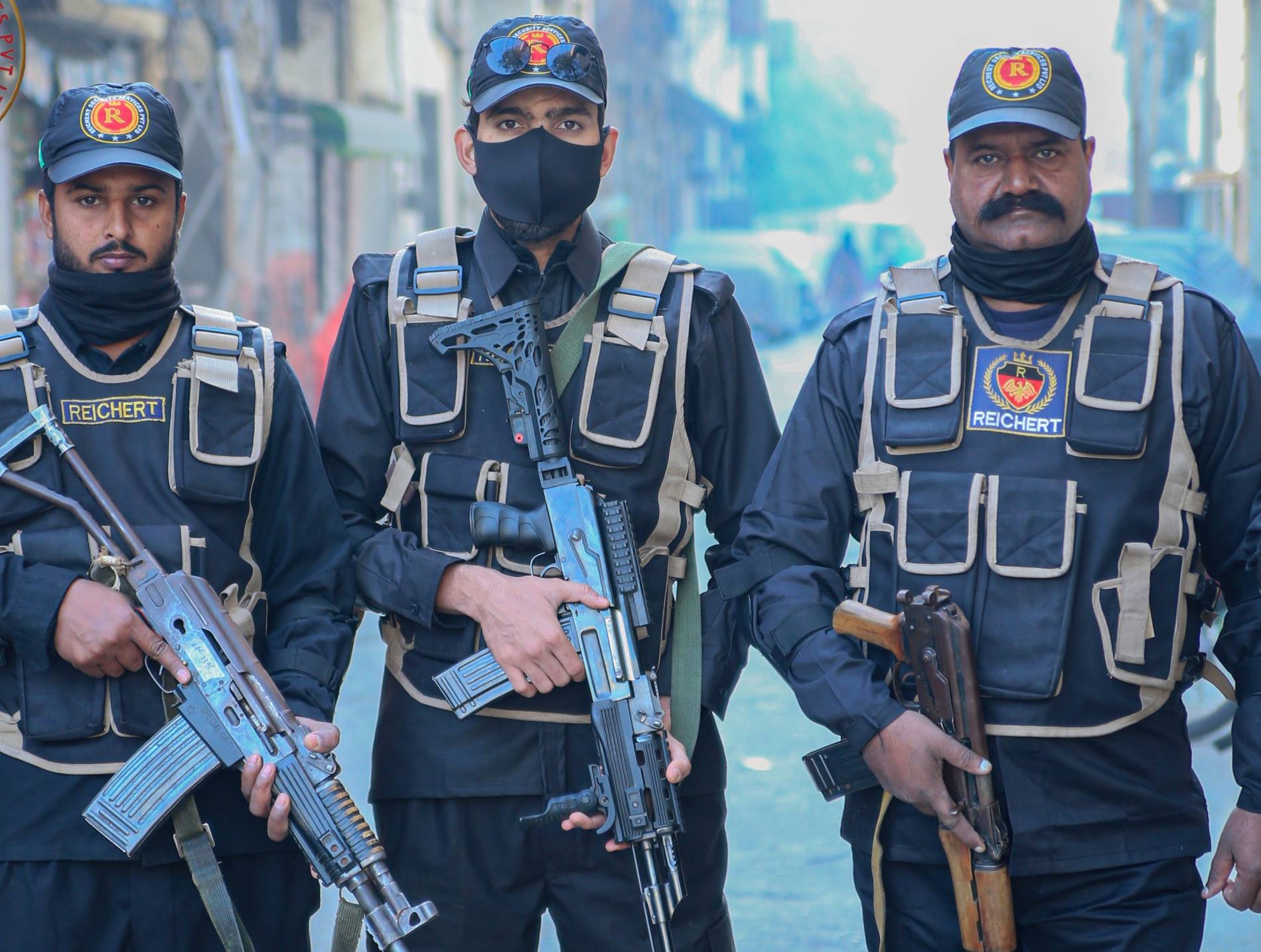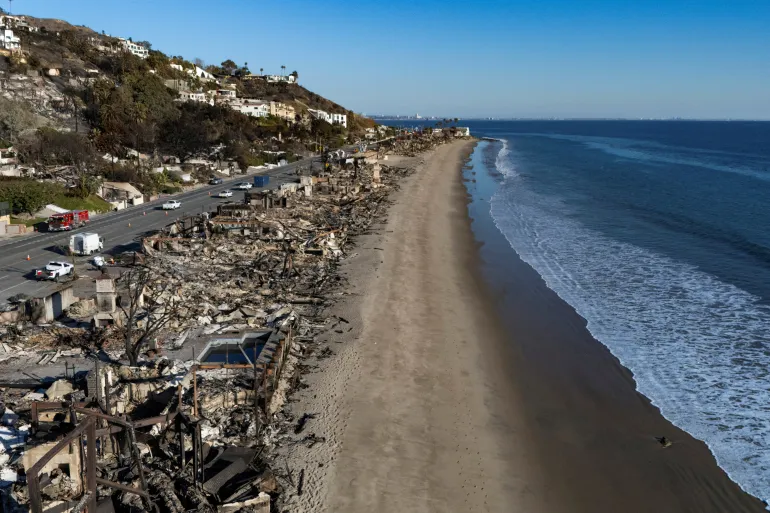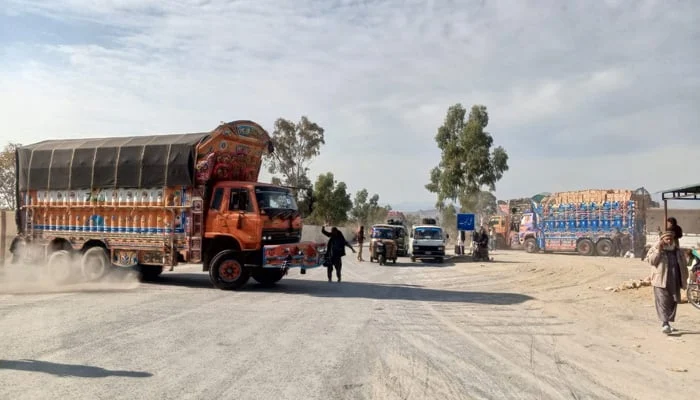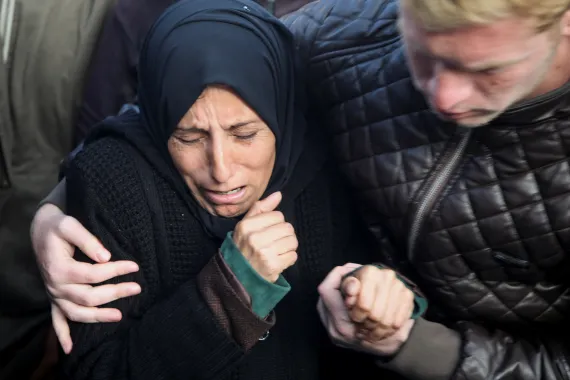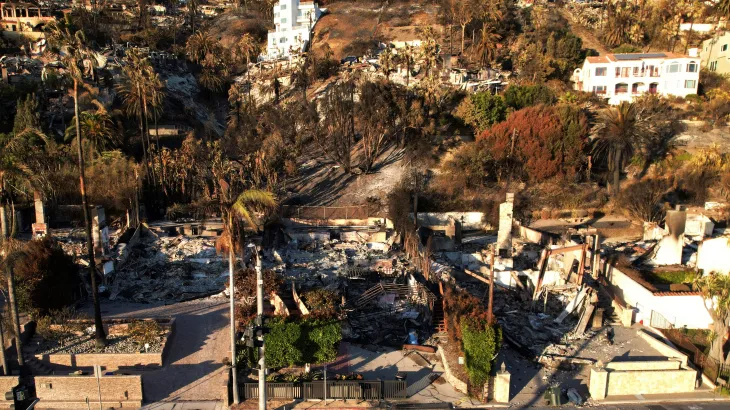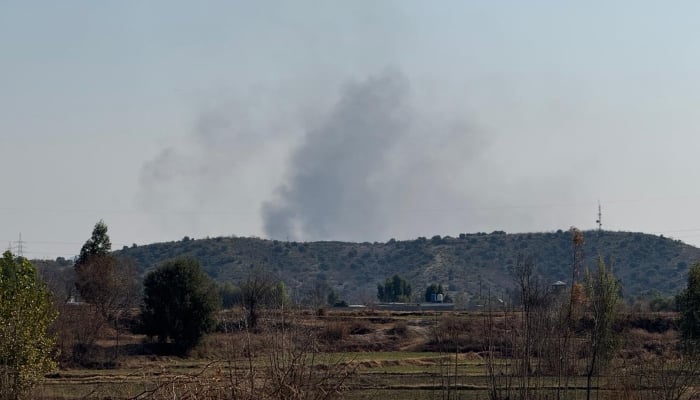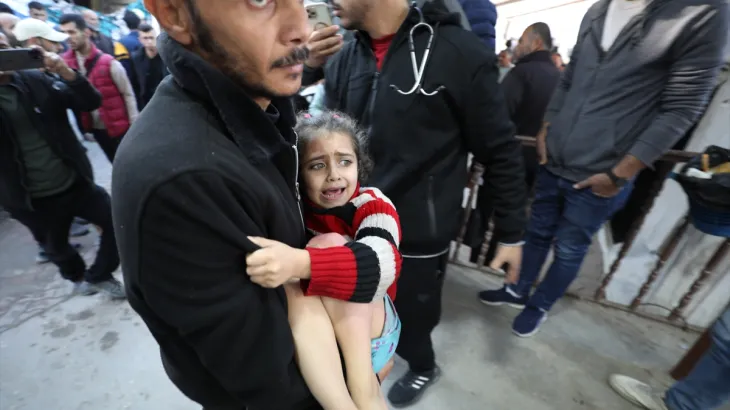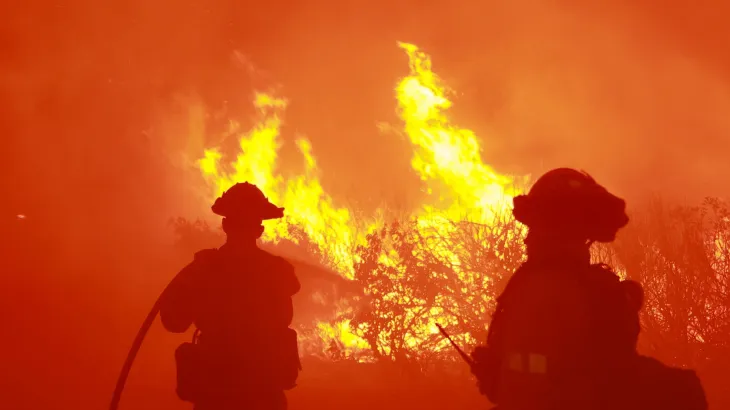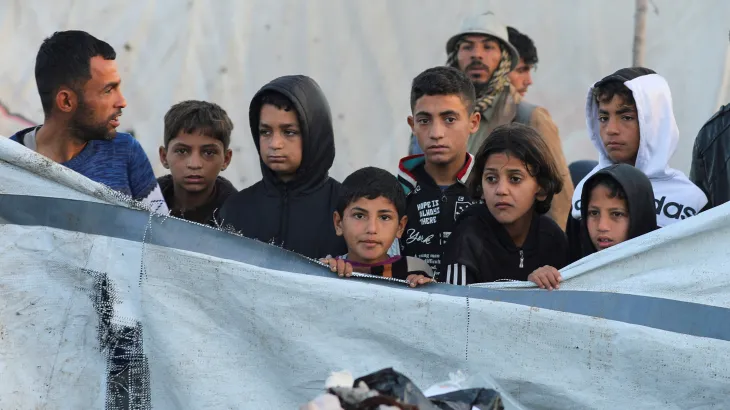LA wildfires day 11: What is the latest, and what do investigations show?
Firefighters progressed due to a temporary easing of winds, but officials caution that hazardous conditions could return. Although the hazardous fire weather conditions that have stoked Los Angeles’s devastating fires have subsided, forecasters caution that another round of Santa Ana Winds is expected early next week. The death toll has risen to 27, the Los Angeles County Medical Examiner said on Thursday evening. Authorities warn that the number could climb further as search and rescue efforts continue. According to local media reports, the Bureau of Alcohol, Tobacco, Firearms and Explosives has received more than 150 tips on what may have started the Palisades Fire. Here is what we know: What’s the latest on the ground? Death toll and missing people Active fires No growth has been reported over the last 72 hours. The city of Pasadena has declared a local public health emergency in response to the ongoing effect of the Eaton Fire. “Ash and debris pose a significant potential current and future risk to health, safety, and the environment,” the Pasadena Public Health Department (PPHD) said in a press release. “PPHD is declaring a local health emergency to ensure residents take appropriate measures to protect themselves from toxic ash and debris.” According to Cal Fire, more than 5,000 firefighters are fighting the fires, including reinforcements from Israel who arrived on Thursday and crews from Canada and Mexico. Recently contained fires What’s expected on Friday? The Los Angeles area is experiencing improved weather conditions, which are aiding firefighting efforts against the ongoing wildfires. The National Weather Service has indicated that the strong Santa Ana winds, which have significantly contributed to the fires’ rapid spread, are expected to subside by the weekend. This shift is anticipated to bring increased moisture from the Pacific Ocean, creating more favourable conditions for containment. Firefighters are using this window of calmer weather to strengthen containment lines around major fires. However, authorities caution that while progress is being made, the situation remains dynamic, and residents should stay alert for any changes. Looking ahead, meteorologists warn of the potential return of strong winds early next week, which could exacerbate fire conditions. “There’s definitely a high likelihood of critical fire conditions developing sometime next week,” Rich Thompson, an incident meteorologist for the Palisades Fire, said at a news conference on Wednesday evening. Good news: We are expecting a much-needed break from the fire weather concerns to close this week. Bad News: Next week is a concern. While confident that we will NOT see a repeat of last week, dangerous fire weather conditions are expected. #cawx #PalisadesFire #EatonFire pic.twitter.com/zhXmHUWtgp — NWS Los Angeles (@NWSLosAngeles) January 15, 2025 What do we know about the investigation of what started the fires? Utility equipment under scrutiny Southern California Edison (SCE), Los Angeles’s electrical utility, is under investigation for its potential role in igniting the Eaton Fire. At least four lawsuits have been filed alleging that SCE’s equipment may have sparked the blaze. Among the petitioners is Jeremy Gursey, whose home in Altadena, according to CNN, was destroyed by the Eaton Fire. He filed a lawsuit in Los Angeles County Superior Court on Monday, saying SCE was responsible. Gursey referenced photographs taken by Altadena residents Jennifer Errico and Marcus Errico as evidence. They captured images of a small fire beneath transmission lines in Eaton Canyon. However, Marcus Errico said he wasn’t sure if SCE was responsible for the blaze. “I saw a glow in the hillside right above our house,” Errico told CNN. “And as I got closer, I could see right across from us on the hillside in Eaton Canyon, there are a series of transformer towers with power lines stretching up into the mountains. And at the base of one, there was just a small ring of flames around the whole base,” he added. The company has defended its decision to keep transmission lines operational, stating that wind speeds were just below the threshold required for shutdown. However, safety auditors have raised concerns about SCE’s fire risk modelling, suggesting that their assessments may not adequately account for severe wind events. A fire on New Year’s Day Some Pacific Palisades residents have expressed concerns that the devastating Palisades Fire may be linked to a smaller blaze that occurred on New Year’s Day, potentially ignited by fireworks, in the same area. According to authorities, the earlier fire broke out six days prior in the same vicinity and was reported to have been contained within hours by local firefighters. The close timing and location of the two fires have raised questions about whether strong winds could have rekindled smouldering debris from New Year’s Eve fireworks, possibly triggering the Palisades Fire. However, earlier this week, Los Angeles City Fire Chief Kristin Crowley stated there is currently no evidence linking the two incidents. “We do not have any information suggesting there’s a connection, but that’s the benefit of bringing in outside resources to examine every detail,” she added. According to Cal Fire officials, about 95 percent of wildfires in California are caused by human activity, whether through intentional arson, downed power lines, or accidents such as back yard barbecues or fireworks celebrations gone wrong. Formation of investigative task force In response to the complex nature of these investigations, the leaders of federal and local law enforcement agencies have joined to create a Joint Regional Fire Crimes Task Force. This multi-agency team will investigate the origins of the fires, while also handling case leads, developing and sharing crime intelligence, and supporting the efficient prosecution of crimes linked to the Los Angeles County wildfires. The task force will focus on four key areas: looting, burglary, and impersonation offences; arson-related crimes; illegal drone activity; and financial fraud aimed at disaster victims and individuals seeking to make charitable donations. Source: https://www.aljazeera.com/news/2025/1/17/la-wildfires-day-11-what-is-the-latest-and-what-do-investigations-show
LA wildfires day 11: What is the latest, and what do investigations show? Read More »
News



